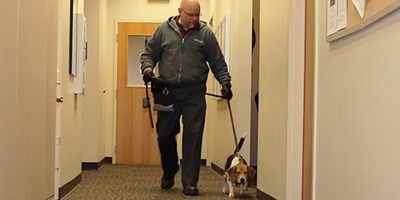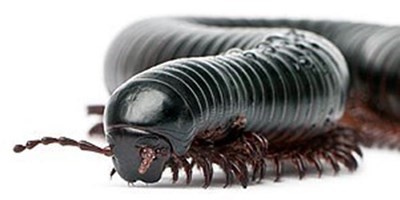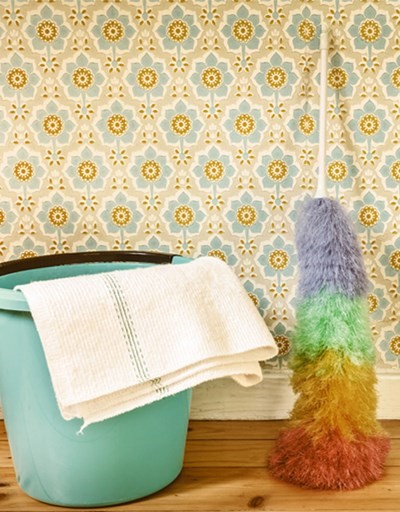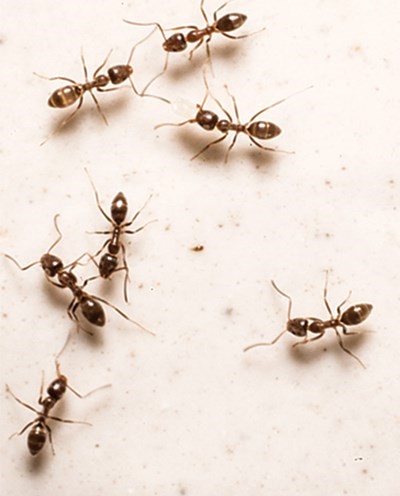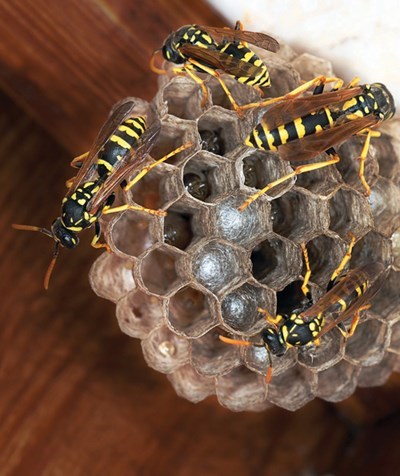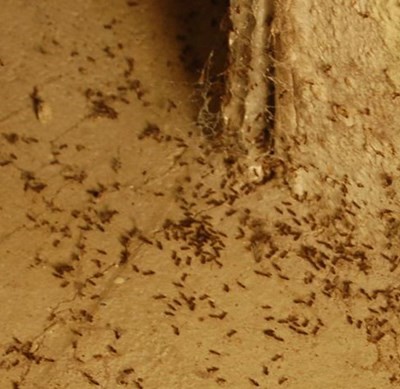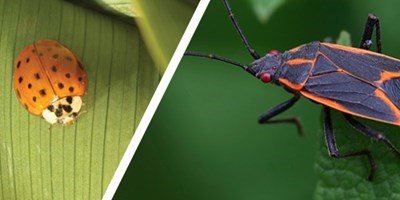Be Proactive About Bed Bugs; Implement Our Regularly Scheduled Canine Inspections!
Brenda Borgman, Batzner’s Account Executive Manager, sums up the benefits of proactive bed bug canine inspections: “Doing proactive sweeps cuts down on heavy infestations by allowing us to detect and treat a problem early on. This reduces the chance of it spreading to more parts of the building, which can be expensive and a hassle for owners and managers to deal with. Overall, the proactive approach is a much more cost-effective way to handle bed bugs in multi-unit properties.”
Difference between Inspections and Treatment
What are proactive bed bug sweeps? By contracting to have bed bug sniffing dogs come in at regular intervals, bed bug problems are caught before they are able to take hold and spread into a full-blown infestation. The cost of proactive inspections compared to the steep cost of eliminating heavy infestations multiple times means they pay for themselves.
Frequency of Inspections
The frequency of these inspections is determined by the clients’ needs. For college dorms this is often just once a year before the fall semester or twice a year in the fall and during the winter break. Other properties, such as apartments, hotels, hospitals, and social service training facilities require more frequent visits, usually quarterly but sometimes monthly.
How Proactive Inspections Work
Our highly-trained Bed Bug Canine Team performs sweeps of critical areas where bed bugs are likely. In dorms, apartments, and hotels, this covers the rooms, hallways, and lobbies where there are many people coming and going, with particular focus paid to the bed area and furniture where a tenant/guest might be sleeping. Similarly, in social service and healthcare facilities, the waiting areas, training areas, and emergency rooms are considered critical areas due to the amount of people going in and out who are potential carriers for bed bugs.
Remember, early detection is the key to preventing bed bugs from becoming a major problem. Randy Rupert, our Bed Bug Team Leader, adds that, “In addition to the cost saved by avoiding multi-unit infestations, preventative canine inspections’ high detection rate provides property owners and managers peace of mind that bed bugs won’t be shutting down their business.”
Learn more about our bed bug Canine Team!
Call 866-591-3519 or contact Batzner online today for more information about our proactive canine inspections!

